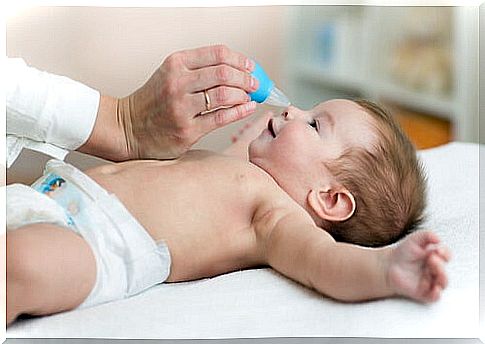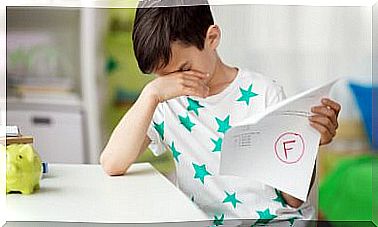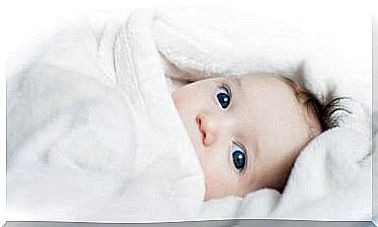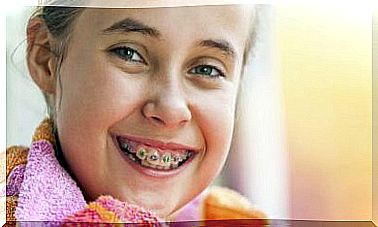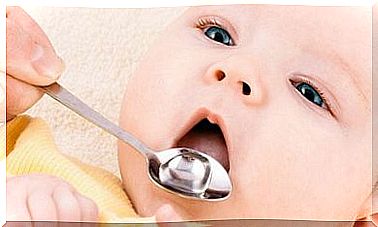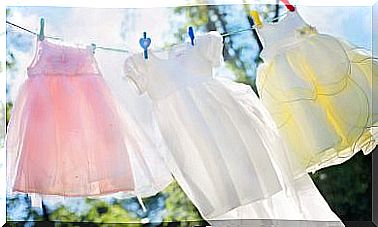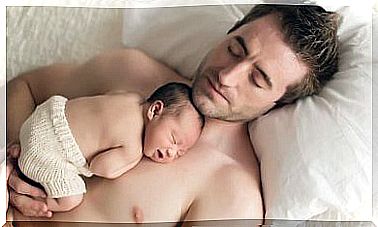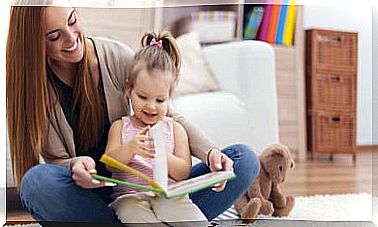How To Remove Phlegm From The Baby?
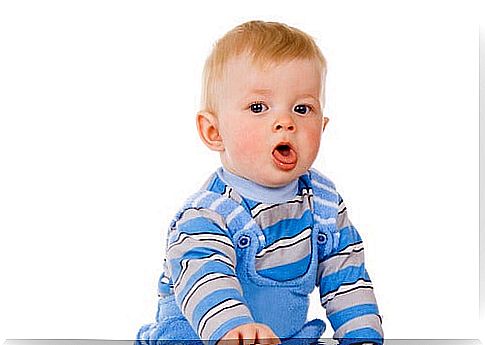
It is normal for children to present pictures of mucus and phlegm during their first months of life. Despite this, many parents worry, especially when it happens in excess. Cough, insomnia, trouble breathing and even vomiting stand out among the consequences.
The jelly-like fluid is produced in your airways. They call it “mucus” when it is excreted through the nostrils and “phlegm” when it comes out of the mouth. It is often a symptom of the flu, although it also appears unrelated to a cold.
This substance acts as a defense; therefore, it fights or prevents the spread of bacteria or viruses. Lubricates the system so it is not irritated and also traps germs; it is not especially harmful.
Complications that phlegm can generate
A baby does not know how to spit or blow his nose to expel mucus, and thus coughing and discomfort arise. The stickiness builds up, congesting your nose, throat, and even ears. This leads to infection, inflammation, and general malaise.
The lungs can also be affected. A considerable amount could lead to lung infection or inflammation. But do not be alarmed; mucus is unlikely to trigger a major pathology.
Another difficulty that could arise is the softening of the stool. Since he does not spit, he swallows the phlegm and it reaches his belly. If it stays there, it can cause nausea or vomiting; That is why it is not at all bad to expel the phlegm through the stool.
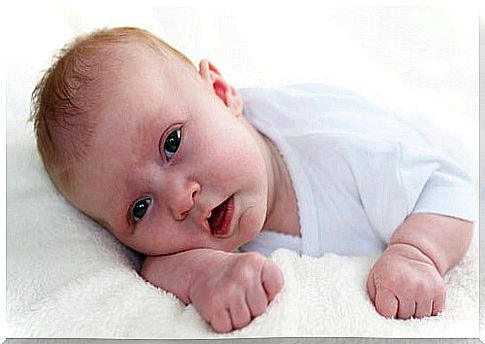
Visit to the specialist
It never hurts to make an appointment with the pediatrician to evaluate the child’s condition. It should even be a rule to take it in case you do not notice improvement or if you manifest other symptoms such as fever or chronic cough. Likewise, if the condition lasts for several weeks, a consultation with the pediatrician is necessary.
Generally the doctor will order laboratory tests to rule out related diseases. If the boy is healthy, it is rare that he prescribes drugs to eliminate phlegm.
What is certain is that the professional will give advice on the correct way to deal with the matter at home. For example, a saline solution or serum will suffice to help you through the process.
How to fight mucus and phlegm at home?
Staying calm is essential and cleaning the cavities of the nose and mouth is a task that is usually simple. The implement can be a physiological solution, which can be obtained at any pharmacy. There are them in spray, liquid and drops.
Ideally, find a comfortable place to lay your baby on his side. His arms must be held to prevent him from resisting the application. Next, the applicator should be brought to the nose, without inserting it completely, and spray. It is convenient to wait a few seconds and repeat in the other pit.
The immediate effect of the application is the discharge through the nostrils of the saline mixture and mucus. Hence, a sterile cloth or gauze should be on hand to clean. Babies are often upset by what happened, so cradling him will help comfort him.
If fluid is still in transit, parents can use a suction bulb to suck up the excess. The tip of the instrument is placed inside and then the rubber ball is gently squeezed to absorb.
The effectiveness of the device is good, but it does not have to be used frequently. The cavity can become irritated during the procedure, so if not handled with caution, injury is possible.
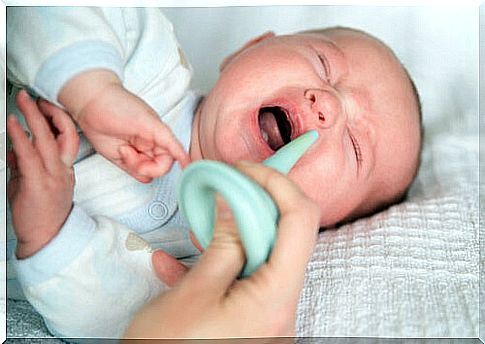
Aspirated in the mouth
Although the sucker pear is used for the nose, it also works for the throat. It is carefully placed at the end of the tongue and pressed to aspirate the phlegm that remains in the mouth. You have to try to do it quickly, so that no retching or vomiting occurs.
Another method of clearing phlegm requires the use of your fingers. The way to do it is to roll a gauze on the index finger to introduce it lightly in your mouth for a few seconds. Without exerting pressure and with a gentle movement the viscosity will stick to the fabric.
General care
Hydration is essential to prevent the baby from having phlegm. Drinking water regularly will thin the mucus; in addition, it will promote your digestion and prevent them from drying out and irritating your throat and nose. Likewise, warm baths provide relief.
Finally, devices to humidify the environment are recommended; furthermore, if mentholated herbs are added to the vapors they will be much more effective.
